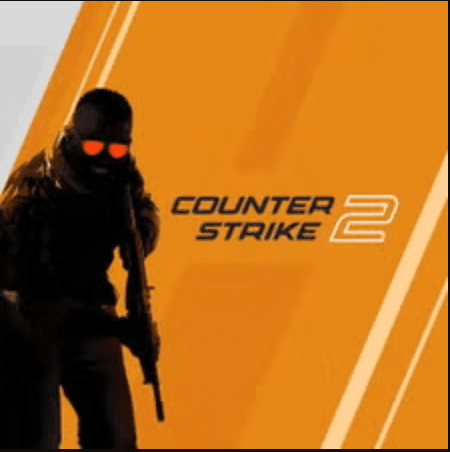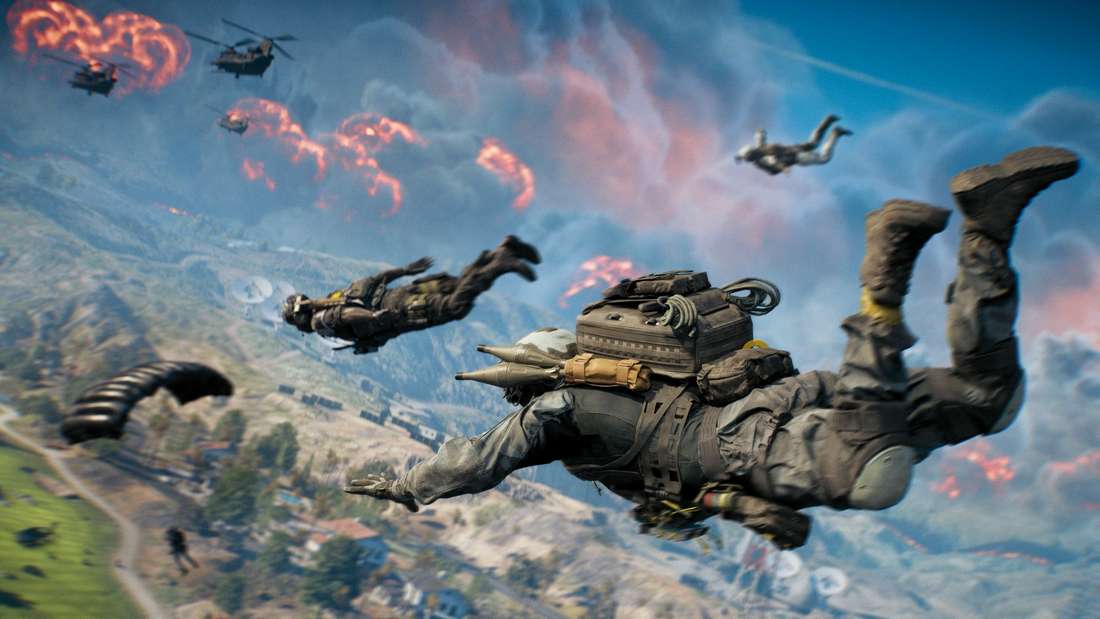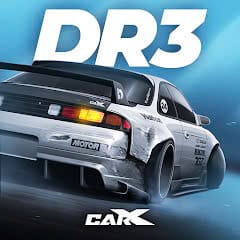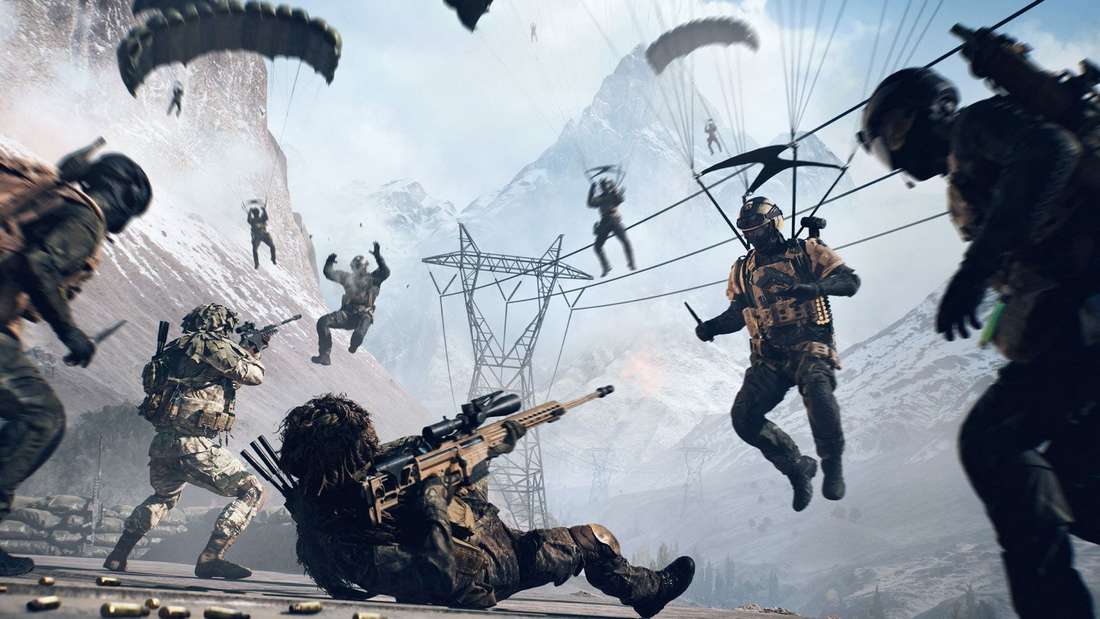Battlefield 6 RedSec Performance: Lead Producer Defends 30Hz Tick Rate, Citing Superior Battle Royale Efficiency Over Warzone and Fortnite
Popular Now
 R.E.P.O
R.E.P.O
 Counter-Strike 2
Counter-Strike 2
 Grand Theft Auto V
Grand Theft Auto V
 Call of Duty
Call of Duty
 League of Legends
League of Legends
 Garena Free Fire: Kalahari
Garena Free Fire: Kalahari
 Brawl Stars
Brawl Stars
 God of War Ragnarök
God of War Ragnarök
 FIFA 23
FIFA 23
 Genshin Impact
Genshin Impact 
In a rapidly evolving competitive gaming landscape, performance metrics often become the most hotly debated topic among players and industry analysts. The recent launch of Battlefield 6’s free-to-play battle royale mode, RedSec, has quickly ignited discussions, particularly concerning its server infrastructure. Specifically, the implementation of a 30Hz server tick rate for the majority of the match has drawn criticism, with some players questioning its suitability in a 2025 title vying for market share against giants like Call of Duty: Warzone and Fortnite.
However, a key figure from the Battlefield development team has stepped forward to vehemently defend the decision, arguing that RedSec’s performance at 30Hz is a testament to superior optimization and beats much of the competition’s baseline. This statement is poised to reshape the conversation around what constitutes acceptable server fidelity in a high-stakes, 100-player FPS battle royale.
 The Core Argument: 30Hz in Context
The Core Argument: 30Hz in Context
The controversy stems from the difference in tick rate—the frequency at which the game server updates the game world. A higher rate generally means more precise and responsive combat, especially in scenarios involving high-stakes close-quarters combat or when dealing with hit registration. While many community members expect a minimum of 60Hz from a modern AAA title, David Sirland, lead producer on Battlefield, took to social media to clarify the technical reality of RedSec’s design.
Sirland confirmed that RedSec operates at 30Hz for the main phase of the match but dynamically shifts to 60Hz during the intensely competitive final fight phase. More critically, he emphasized the depth of simulation that the Battlefield engine must handle:
- Massive Player Count: RedSec supports 100 players on a large-scale map.
- Destruction Mechanics: Unlike many competitors, RedSec incorporates the franchise’s signature, extensive environmental destruction, which requires constant, complex server-side calculations.
- Vehicle Combat: The presence and physics of multiple player-controlled vehicles add a layer of server load not found in every BR title.
“It’s 60hz for the final fight. If you make it there. Also, I’d argue our 30 beats most of the competition baselines too,” Sirland stated, implying that the quality and fidelity of the 30Hz simulation in RedSec—factoring in destruction and vehicle physics—is a more strenuous and efficient achievement than the baseline performance of other major free-to-play battle royale games.
 Comparative Analysis: RedSec vs. Warzone and Fortnite
Comparative Analysis: RedSec vs. Warzone and Fortnite
The producer’s comments are rooted in data comparing RedSec’s tick rate to its primary rivals. Warzone, the Call of Duty juggernaut, has long been documented to run on server tick rates that frequently hover between 20Hz and 24Hz for the bulk of its matches, according to independent FPS trackers. Fortnite, while arguably the largest BR game globally, has been cited to generally run its entire matches at a consistent 30Hz without the dynamic scaling to 60Hz that RedSec implements for its endgame.
A simple comparison highlights the technical context:
- Battlefield RedSec: 30Hz (Majority of match), 60Hz (Final Fight).
- Call of Duty: Warzone: ~20Hz – 24Hz (Full Match).
- Fortnite: 30Hz (Full Match).
The crucial differentiator, according to the developers, is the stability and the sheer amount of simulation the Battlefield servers are processing within that 30Hz window. Sirland elaborated, “They were not running 100 players [with] all that work… All that work makes 30 stable and 60 possible end game. There’s more to do, but compare apples to apples.”
SEO Focus: High CPC Keywords and Market Positioning
The Battlefield 6 RedSec launch is not just a test of technical capability but also a high-stakes marketing and monetization venture. By entering the free-to-play space, EA and DICE are directly competing for players and for the high CPC keywords associated with the best battle royale games. The success of this title hinges on its perceived quality and performance.
Keywords driving high advertising revenue in this niche, such as “Best Free Battle Royale 2025,” “Warzone Alternative,” “RedSec Download,” and “Battlefield 6 Free to Play” are critical to the game’s commercial viability. By positioning the game as having superior performance over established competitors, the lead producer is directly addressing one of the core consumer concerns that drives search traffic and purchase intent (for cosmetic in-game purchases).
The news of a 60Hz finale tick rate, specifically designed for the decisive moments of the match, serves as a major value proposition in the competitive FPS space. This dynamic scaling is a clever technical solution to a common player demand, aiming to ensure the most critical engagements are as responsive as possible, while maintaining server stability across the large, destructible map during the resource-intensive mid-game.
Player Reception and Future Outlook
While the technical defense is strong, initial player reception remains mixed. Some players have praised the unique Battlefield flavor, including the class-based gameplay, extensive vehicles, and environmental destruction. Others have criticized the RedSec experience for feeling too similar to Warzone or for lacking solo play at launch, indicating that server performance is only one facet of the overall user experience.
The development team’s transparency regarding the tick rate and their aggressive defense of its optimization suggest a commitment to improving the mode. By launching RedSec as a free-to-play title, EA has created a massive new entry point into the Battlefield franchise. The core message from the lead producer is clear: in the battle royale market, raw numbers don’t tell the whole story. When you account for the unparalleled simulation and scale of combat that RedSec offers, its current 30Hz baseline is a formidable technical achievement.
As the Battlefield 6 RedSec ecosystem matures, continuous optimization and server updates will be key to converting the high concurrent player numbers into a loyal, long-term player base capable of challenging the dominance of Warzone and Fortnite.
Source: Statements from Battlefield Lead Producer David Sirland on X (formerly Twitter); Comparative server tick rate data from independent game performance trackers and news analysis (GamesRadar, FRVR).
Would you like me to generate another article on a different topic or elaborate on a specific technical aspect of RedSec’s server performance?








 The Core Argument: 30Hz in Context
The Core Argument: 30Hz in Context Comparative Analysis: RedSec vs. Warzone and Fortnite
Comparative Analysis: RedSec vs. Warzone and Fortnite